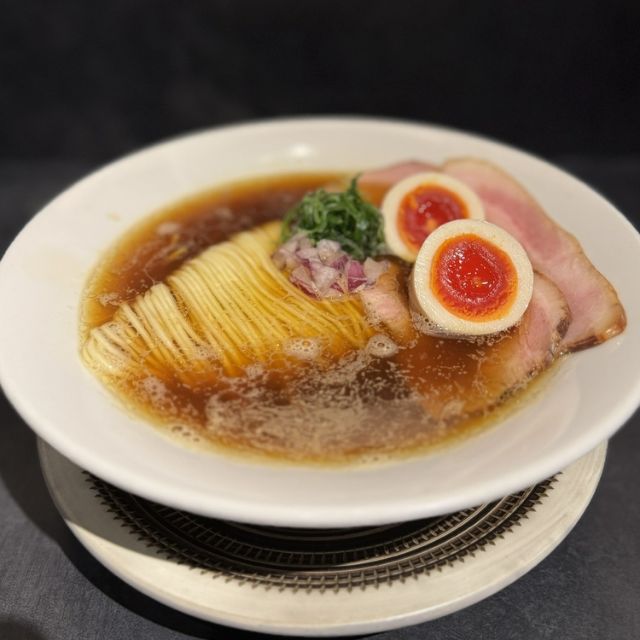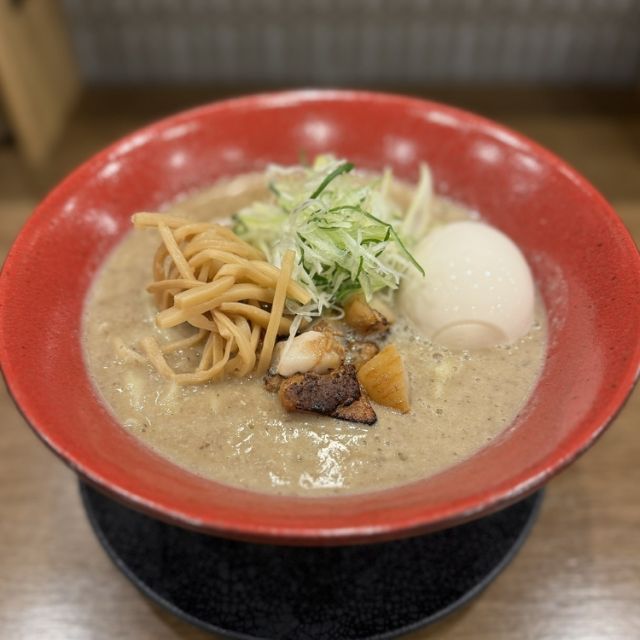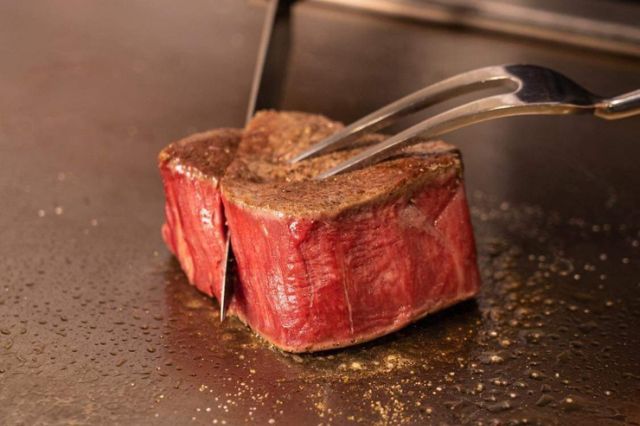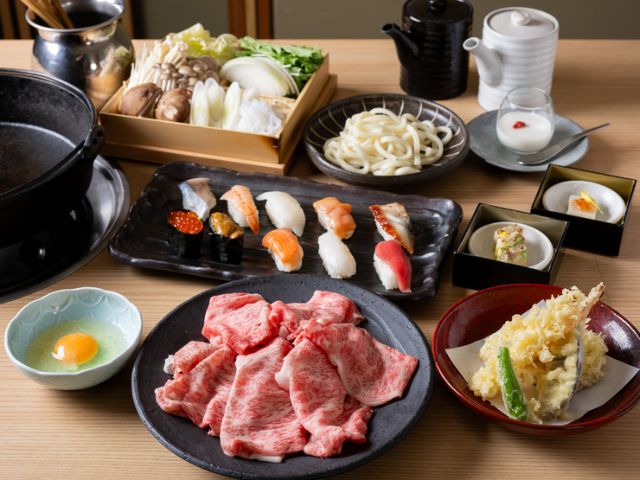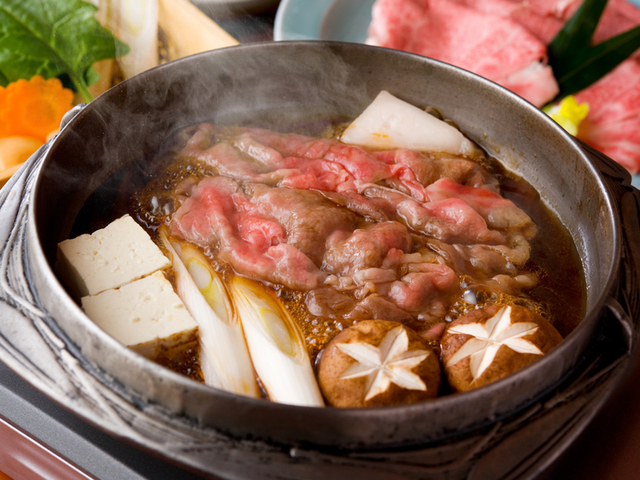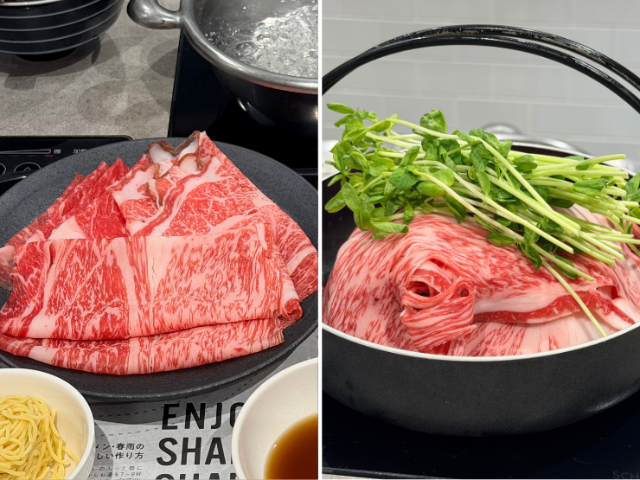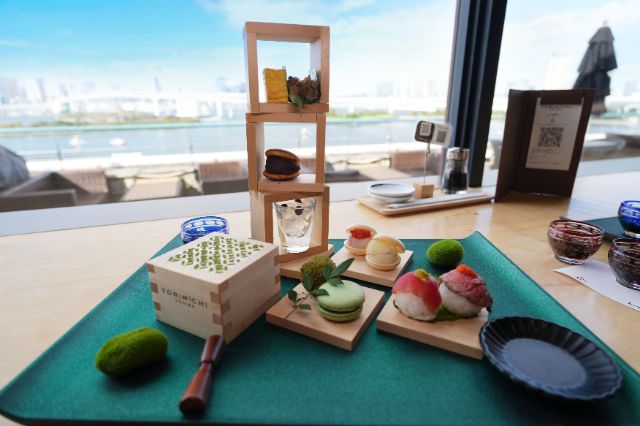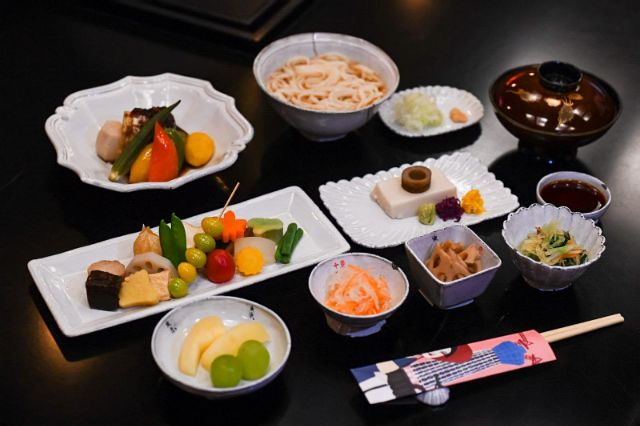东京清酒品鉴指南:探寻美味日本酒的餐厅与酒吧
更新日期:2025/10/24
作者:
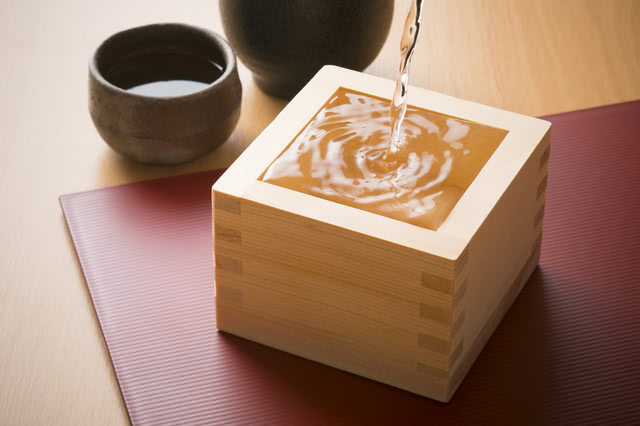
What's Sake?
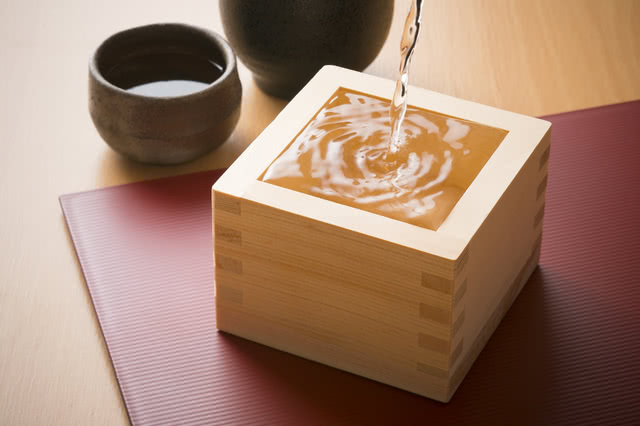
尽管与啤酒、葡萄酒同属酿造酒,清酒的酒精度通常介于15%–16%之间。近年来,为适应国际市场需求,酒精度在5%–10%之间的低酒精度清酒也日益增多。
清酒的一大特色,在于其依据原料、精米步合(米粒的打磨比例)及酿造方法而形成的复杂分类体系。在日本,每家酒造(酿酒厂)都拥有世代传承的独特配方。掌管酿造的核心人物被称为“杜氏”,其他熟练的酿酒师则称为“藏人”。要成为一名杜氏,道路极为艰辛,通常至少需持有CSP(认证清酒专家)一级等专业资格。由技艺最为精湛的杜氏所酿制的清酒,被视为日本文化的象征,风味精致而考究,层次丰富。
清酒类型
吟酿酒(Ginjo Sake)
由于酿造过程复杂、产量有限,吟酿酒的酿造成本较高,也因此常出现在各类清酒品评会与展览中。其标志性的“吟酿香”富于果韵,常呈现出苹果、香蕉、哈密瓜等清新优雅的气息。典型的经典选择包括新潟县的【越乃寒梅】与山形县的【伯乐星】,两者均以清澈爽冽、淡丽辛口的风味见长。
大吟酿酒(Daiginjo Sake)
正因如此,大吟酿普遍呈现出浓郁的水果香气与清澈顺滑的口感,无论是清酒初学者还是资深爱好者,都常被其优雅风味所吸引。福井县的名酒【黒龍雫】便是其中的典范,您可以从中品味到荔枝、草莓与苹果交织的复合果香,并伴随纯净而甜美的余韵,这正是大吟酿酒的典型风味特征。
纯米酒(Junmai Sake)
随着精米技术的不断进步,如今使用高精米比例酿造的纯米酒也日益增多,酒体更显清澈爽冽。其中,来自新潟县的著名品牌【久保田万寿】便是典型代表,其口感圆润顺滑,散发着优雅细腻的米香,深受清酒爱好者的喜爱。
本酿造酒(Honjozo Sake)
在这一类别中,兵库县的【菊正宗】以其凛冽清爽的风味与扎实有力的口感著称;而新潟县的【八海山】则以其经典淡丽的风格,长久以来广受清酒爱好者的喜爱。
生酒(Namazake)
为了最大限度保持其鲜活风味,生酒需全程冷藏,最佳保存与饮用温度接近冰点。秋田县的【No.6】便是生酒中的杰出代表,其甜酸度平衡极佳,风味清新近似白葡萄酒,近年来人气迅速攀升,备受清酒爱好者青睐。
清酒口感
1. MYSH Sake Bar (Shibuya)
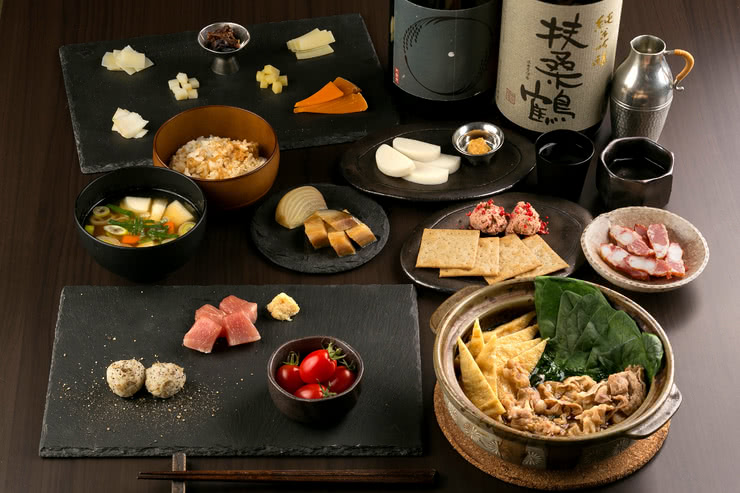
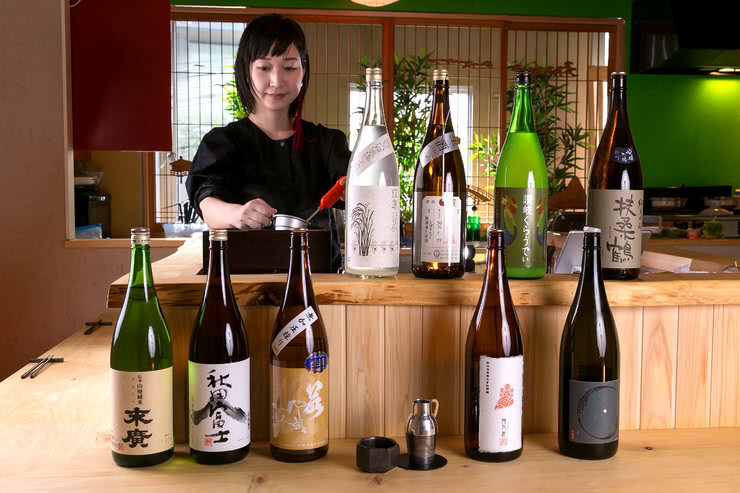
佐酒小食亦十分丰富,例如[MYSH经典三种小吃拼盘]便是绝佳选择。拼盘内含[宫崎县熟成番茄]、[奶油奶酪与无花果干]、[特色芝士腌萝卜]及[Shibare腌火腿]等,佐以现磨山葵,风味层层展开。酒吧对清酒新手极为友好,因此积攒了颇高人气。
MYSH sake bar
2. Minami Aoyama Hifumi (Gaiemmae)
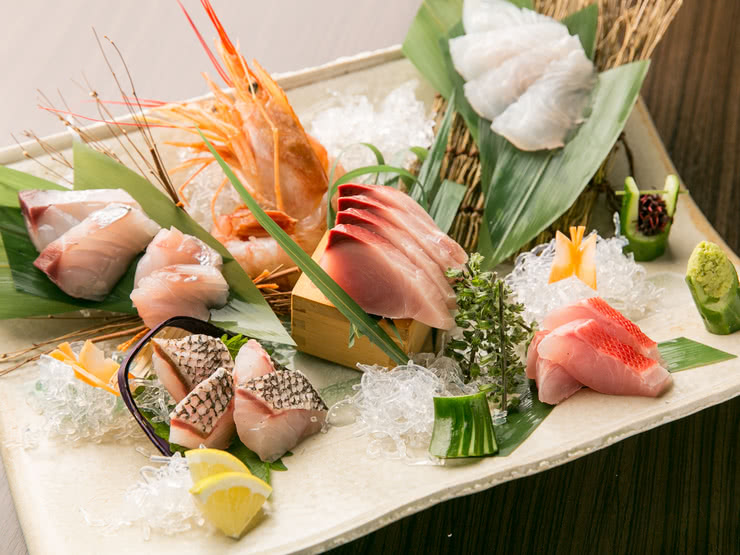
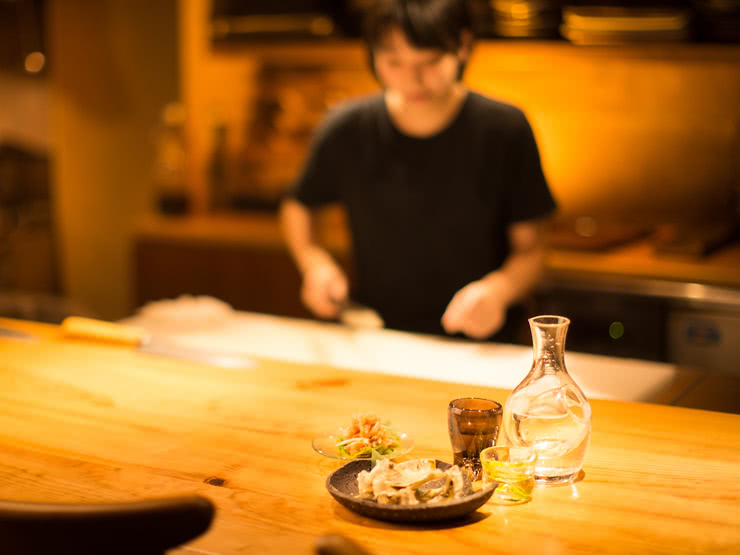
尽管价格亲民,海鲜品质却毫不妥协。[刺身拼盘]是这里的亮点,您可一次尝遍8至10种经典与特色鱼生。这里是搭配美酒、尽情探索多样海味的理想之地。
Minami Aoyama Hifumi
More Details Reservation
3. Washubar Kuri (Ginza)
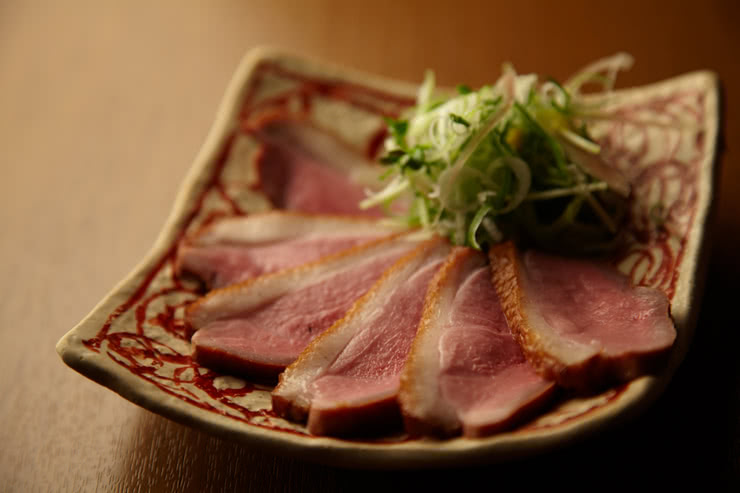
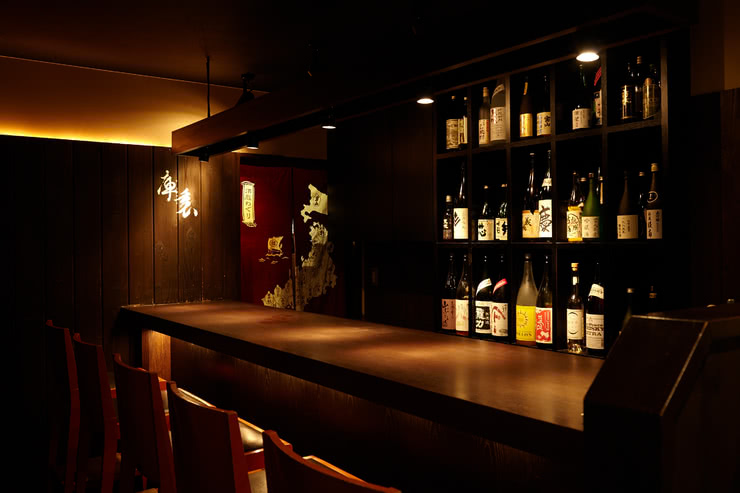
除了备受欢迎的[6种清酒品鉴套餐],单点清酒亦提供小、中、大三种杯型选择。从香气华丽、酸度坚实的酒款,到熟成古酒与季节限定,这里汇聚了各具个性的选择,总能带来惊喜。
佐酒小食同样经过精心搭配,强烈推荐风味独特的[鸭肉培根]。而经过充分熏制的[樱花薯片]则散发着迷人而温和的香气,据说是搭配清酒的绝佳之选。
Washubar Kuri
4. Shusaron (Shinagawa)
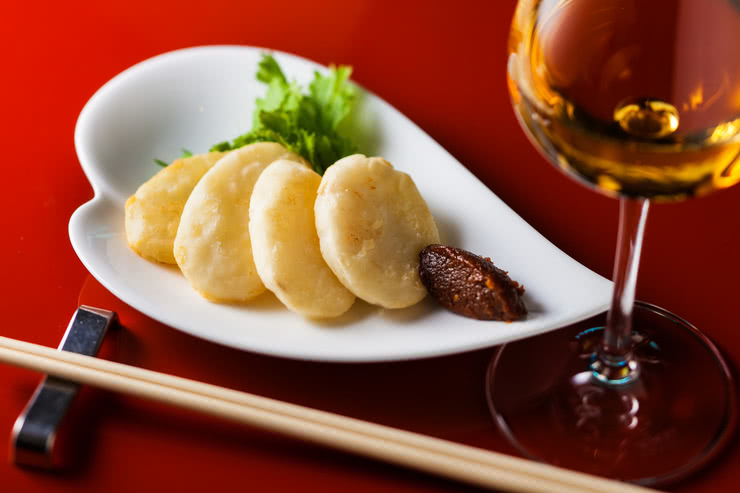

对于初次探访的客人,不妨从对比品鉴3年陈与10年陈的酒款开始,直观感受时光赋予甲州葡萄酒的底蕴与变迁。店内美食也专为配酒而设计,其中[烟熏味噌炸山药]尤为出众:味噌经两周烟熏浓缩出深邃旨味,再包裹山药酥炸,其复杂风味与甲州葡萄酒搭配得相得益彰。
Shusaron
5. Sake no Daimasu Kaminarimon Branch (Asakusa)
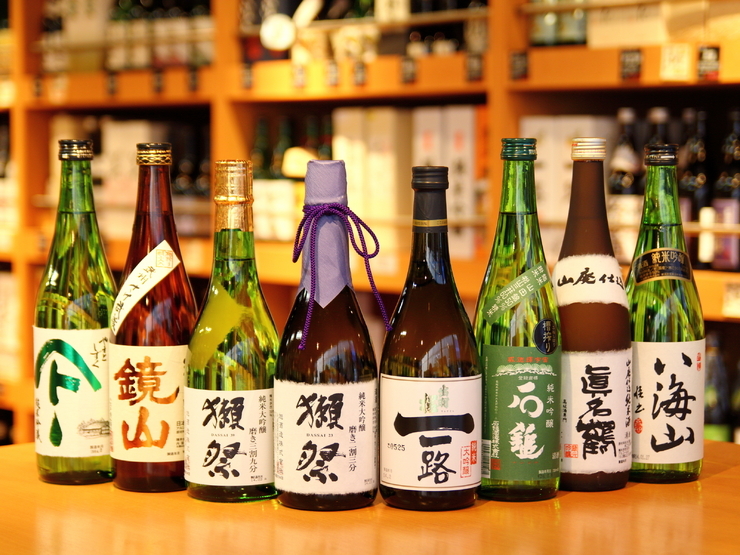
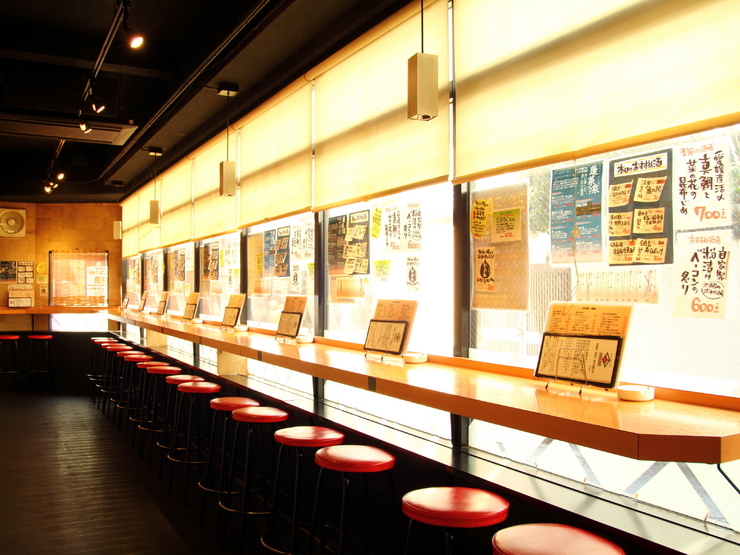
店主身为认证清酒品酒师,将为您提供专业建议,助您依据产地或风味偏好,寻得心仪之选。从经典款到限量版,乃至各式甘口清酒,这里一应俱全。此外,酒吧还备有多款佐酒小食,轻倚吧台,便可沉浸于这场风味之旅。此地也因此深受国际游客的青睐。
Sake no Daimasu Kaminarimon Branch
6. Meishu Center Ochanomizu branch (Ochanomizu)
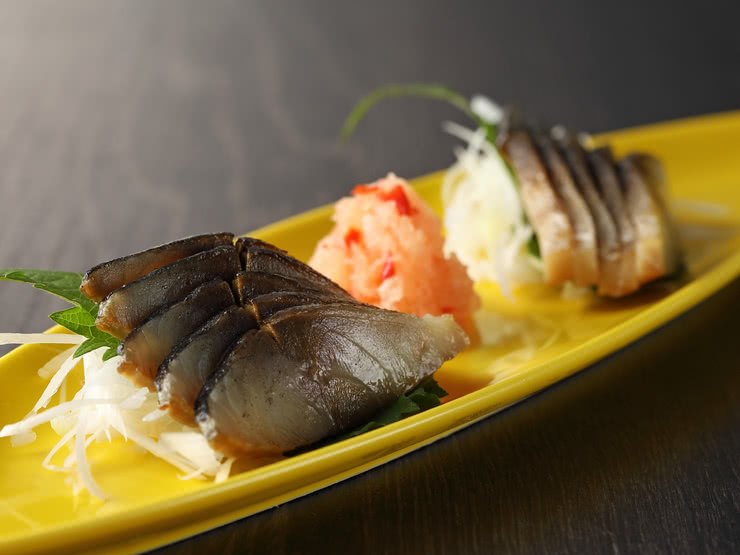
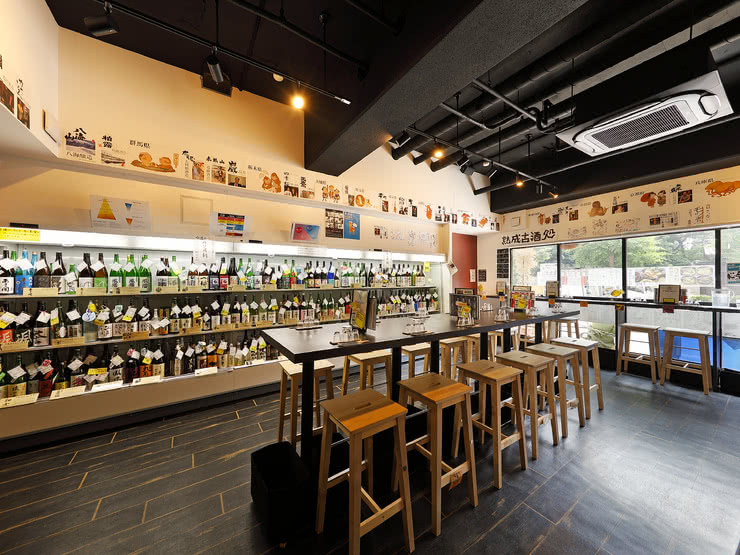
若预算有限,亦可单杯点选,以更亲民的价格开启您的风味探索。强烈推荐佐酒小食[低温熏烤鲭鱼],经长时间慢火熏制,风味深邃,与清酒相得益彰。餐厅从中午开始营业,为您留足充裕时间,沉浸于清酒的醇美世界。
Meishu Center Ochanomizu branch
7. Nurukan Sato Ginza Branch (Ginza)
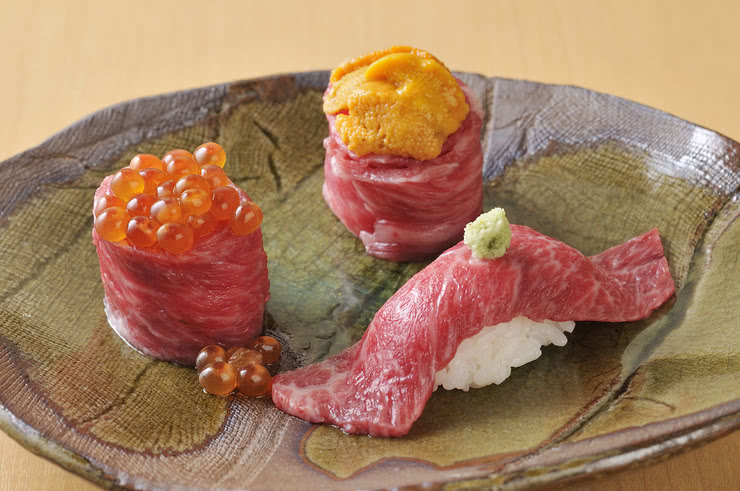
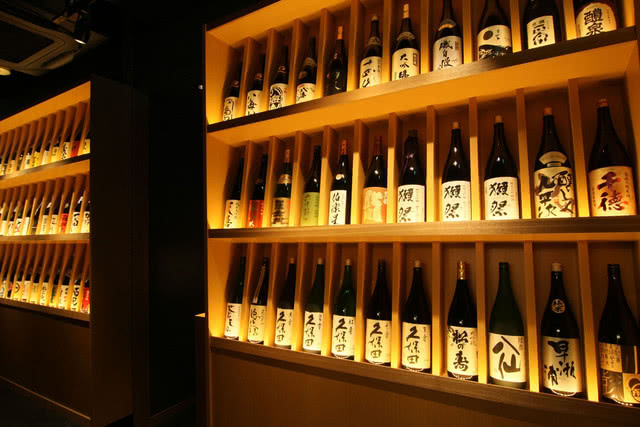
您还能以合理的价格,杯饮来自日本各地的知名清酒。佐酒的传统日本料理由经验丰富的厨师匠心演绎。宴饮尾声,务必以一道[和牛海胆鲑鱼卵手卷寿司]作结——这款极尽奢华的料理,将国产和牛、鲑鱼卵与海胆一同卷入手卷,风味层层递进,为夜晚画上圆满句点。
Nurukan Sato Ginza Branch
免责声明: 所有信息均根据当时情况刊载。
根据地区寻找的餐厅
关键词
更新日期:2025/10/24
作者:
相关文章
最新文章
分類
菜式
归档
- 2026年01月(5)
- 2025年12月(11)
- 2025年10月(5)
- 2025年09月(4)
- 2025年08月(7)
- 2025年07月(19)
- 2025年06月(16)
- 2025年05月(34)
- 2025年04月(44)
- 2025年03月(28)
- 2025年02月(36)
- 2025年01月(24)
- 2024年12月(65)
- 2024年11月(38)
- 2024年10月(13)
- 2024年09月(50)
- 2024年08月(60)
- 2024年07月(29)
- 2024年06月(858)
- 2024年05月(23)
- 2024年04月(1)
- 2024年03月(1)
- 2024年02月(2)
- 2024年01月(2)
- 2023年12月(1)
- 2023年11月(2)
- 2023年09月(1)
- 2023年08月(1)
- 2023年07月(1)
- 2023年04月(1)
- 2023年01月(2)
- 2022年12月(1)
- 2022年11月(1)
- 2022年10月(1)
- 2022年09月(1)
- 2022年08月(1)
- 2022年07月(1)
- 2022年06月(1)
- 2022年05月(1)
- 2022年04月(3)
- 2022年03月(2)
- 2022年02月(3)
- 2021年10月(2)
- 2021年09月(1)
- 2021年08月(1)
- 2021年07月(2)
- 2021年06月(1)
- 2021年05月(2)
- 2021年04月(2)
- 2021年03月(3)
- 2021年02月(5)
- 2021年01月(5)
- 2020年12月(5)
- 2020年11月(7)
- 2020年10月(10)
- 2020年09月(2)
- 2020年08月(4)
- 2020年06月(1)
- 2020年05月(1)
- 2020年02月(2)
- 2019年12月(6)
- 2019年09月(1)
- 2019年08月(7)
- 2019年07月(11)
- 2019年06月(10)
- 2019年05月(8)
- 2019年04月(1)
- 2019年03月(1)
关键词
按地区探索餐厅
-

东京
作为日本最大的城市,东京是日本美食文化的中心。东京的各类餐馆提供您所能想象到的各色美食。丰洲鱼市为各餐馆常备全国最优质的鱼类。
-

东京周边地区
东京周边的滨海、群山、山谷遍布着温泉和滑雪道等各种旅游景点,许多特色美食只有在当地才能吃到。
-

京都和大阪地区
京都和大阪两个城市及其周边地区自七世纪起就深深影响着日本的饮食文化。该地区的娱乐活动、神户牛肉和各种传统料理声名远洋。
-

北海道
北海道出产各种品质最优的产品,如大米、肉类、蔬菜、鱼类和水果。北海道的招牌菜有炉端烧(将食物串在竹签上慢烤)和札幌拉面。
-

本州北部(东北地区)
日本本岛本州的北部因时令水果和蔬菜以及全国首屈一指的鱼产(尤其是大间的金枪鱼)而闻名遐迩,还有来自米泽、仙台、山形的美味牛肉。
-

本州中部(中部地区)
中部地区是日本本岛本州的中心,该地区的饮食文化反映了东日本和西日本的美食交汇的地理位置。这里有美味的飞驒牛肉、举世闻名的富士山及许多广受称赞的清酒酿造厂。
-

本州西部(中国地区)
中国地区位于日本本岛西南部,物产丰富。许多产品享有日本国内最优的美誉,包括鸟取的松叶蟹和广岛的生蚝。这里出产的梨和麝香葡萄也是最优等级。
-

四国
四国气候温和,最适合种植酢橘等柑橘类水果。四国出名的还有赞岐乌冬面、爱媛县产量极高的斑节虾及日本国内最优质的虎河豚。
-

九州岛
西方文化最初是经由九州岛传入日本,九州岛为日本的第三大岛,因深受葡萄牙与其他西方料理的影响,使其发展出多彩的料理传统。
-

冲绳・琉球群岛
冲绳县位于日本最南端,这里有风靡日本的各种特色料理和特饮,包括冲绳荞麦面、特色寿司配料、泡盛酒。
